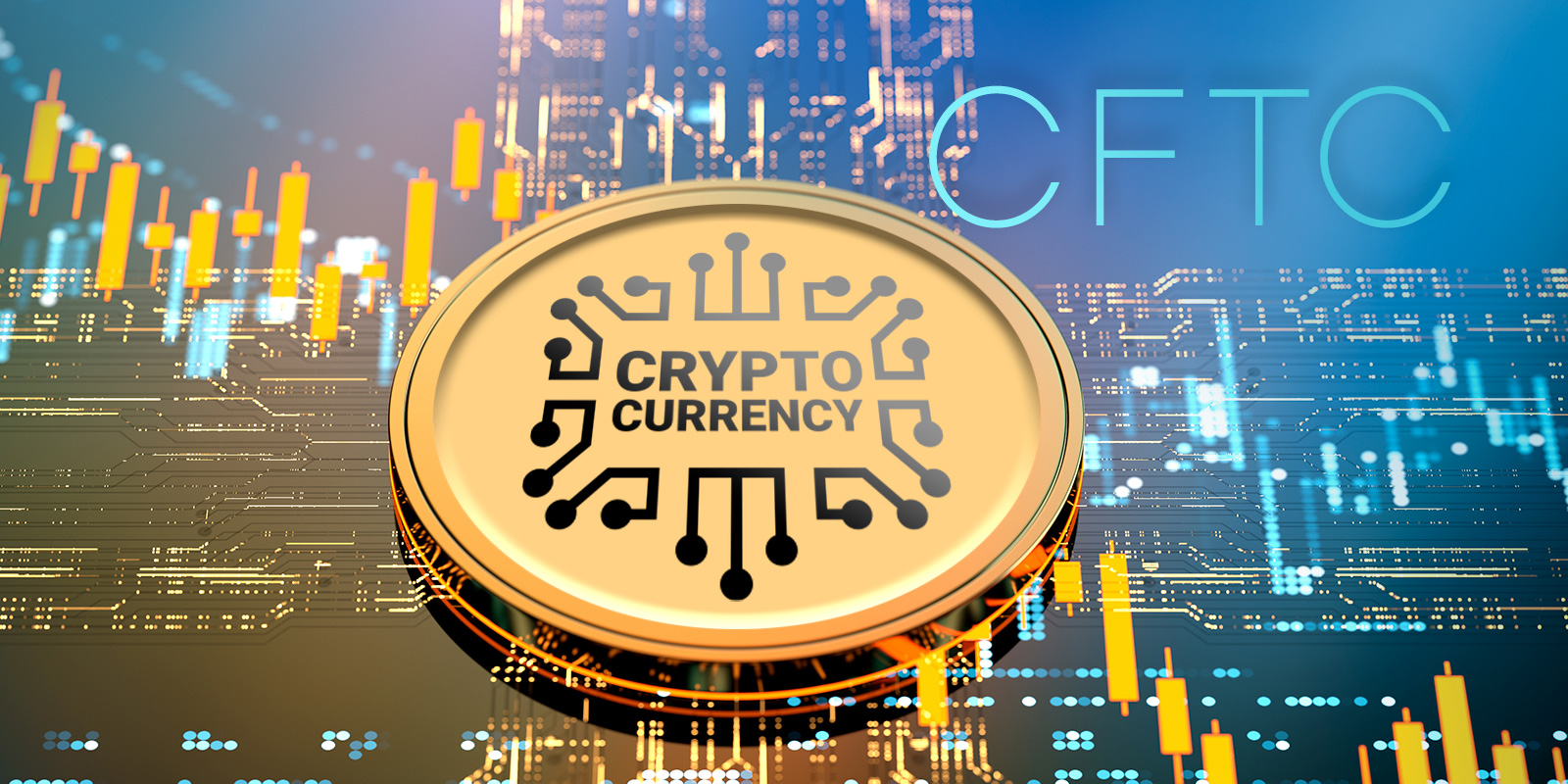
Proposed Stabenow-Boozman Bill Falls Short in Bringing Regulatory Certainty to Digital Assets Space
In Short
The Situation: Following the release of the Responsible Financial Innovation Act (the "Lummis-Gillibrand Bill"), four senators on the Senate Committee on Agriculture, Nutrition, and Forestry released their own draft legislation aiming to bring regulatory clarity to the digital asset ecosystem (the "Stabenow-Boozman Bill" or the "Bill").
The Action: If passed, the Stabenow-Boozman Bill would impact the digital asset ecosystem in several meaningful ways by: (i) providing that the Commodity Futures Trading Commission ("CFTC"), not the Securities and Exchange Commission ("SEC"), would have exclusive jurisdiction over any account, agreement, contract, or transaction involving a digital commodity trade; (ii) providing clarity regarding who would be required to register with the CFTC; (iii) imposing AML compliance obligations under the Bank Secrecy Act on digital commodity platforms; (iv) providing clarity over how a digital commodities platform's customer assets would be treated in the event of a bankruptcy; (v) expanding the reach of the Commodity Exchange Act (the "CEA") to include digital commodities; and (vi) preempting state law registration requirements relating to money transmission, virtual currency, and commodity brokers.
Looking Ahead: Further legislation would be required to end the ongoing debate about what is a digital commodity and what is a digital security, as the Stabenow-Boozman Bill does not bring definitional clarity to this critical issue. Future CFTC rulemaking would also be required to address lending of digital commodities, consumer protection, and commingling of customer property.
CFTC Jurisdiction and the Definition of a Digital Commodity
The Stabenow-Boozman Bill's centerpiece is its command that the CFTC "shall have exclusive jurisdiction over, any account, agreement, contract, or transaction involving a digital commodity trade." Although the grant of jurisdiction is clear, the linkage to "digital commodities" is an Achilles heel of ambiguity and an invitation to mischief. The Stabenow-Boozman Bill defines a digital commodity as "a fungible digital form of personal property that can be possessed and transferred person-to-person without necessary reliance on an intermediary," which would seem to exclude NFTs. It expressly includes "property commonly known as cryptocurrency or virtual currency, such as Bitcoin and Ether." But it also expressly excludes such things as an interest in a physical commodity and—significantly—securities. And therein lies the problem. The SEC has consistently taken the position that most digital assets, setting aside Bitcoin and Ether, are securities. The SEC's complaint alleging insider trading at Coinbase— SEC v. Wahi et al., Case No. 2:22-cv-01009 (W.D. Was.)—is the most-recent example of that view. In it, the SEC alleges that nine different digital assets that can be traded on Coinbase's platform are, in fact, securities that must be registered in accordance with the securities laws.
Carving out securities from the CFTC's jurisdiction over digital commodities would not necessarily be problematic if the Bill attempted to distinguish digital assets that are securities from those that are not. By not doing so, however, the Stabenow-Boozman Bill relies on courts and the SEC to set the boundaries for which tokens can be considered commodities. History teaches that it is unlikely such a process would be smooth or painless. Given the SEC's recent stance on the matter, in practice, the Stabenow-Boozman Bill would likely grant the CFTC clear jurisdiction over trades in Bitcoin and Ether, and nothing else. That would not seem to be the intent, given the Stabenow-Boozman Bill's general reference to "cryptocurrency and virtual currency," but it is a foreseeable result under the present circumstances.
Whether a digital asset is a security or a commodity is the fulcrum on which fundamental questions of regulatory authority rest. Although, based on some combination of CFTC settlement orders, federal court decisions, and statements by CFTC and SEC Chairmen, the industry has become comfortable recognizing Bitcoin (and, to a lesser extent, Ether) as a commodity, the commodity vs. security issue looms unresolved for many other digital assets. As a result, in order to provide clarity and certainty to these markets, it is imperative that future legislation in this space address this issue, by clearly defining digital assets as commodities or securities (or some of each) or by providing a means for easily determining how a digital asset will be classified and—by extension—regulated.
Digital Commodities Market Participants and Other Key Provisions
Another prominent feature of the Stabenow-Boozman Bill is its creation of various digital commodities market participants. These include digital commodities brokers, custodians, dealers, and trading facilities (along with "associated persons" of brokers and dealers, who are also required to register with the CFTC). The Stabenow-Boozman Bill awkwardly defines a "digital commodity platform" to include all of the foregoing entities, notwithstanding the disparate services that they provide and that a "platform" is usually thought of as an exchange or the like. And the definitions ascribed to these platforms generally align with the roles such entities play in traditional financial markets. It is worth noting, however, that the definition of digital commodity custodian excludes federally-insured depository institutions and credit unions. As a result, to the extent such entities provided digital commodities custody services, they would not need to register with the CFTC, but would still be permitted to provide such services pursuant to guidance provided by the Office of the Comptroller of the Currency. Further, the definitions for digital commodities brokers, dealers, and trading facilities do not include "a person solely because that person validates digital commodity transactions," i.e., miners.
The Stabenow-Boozman Bill also states that the CFTC may prescribe rules and regulations permitting an entity to register as more than one digital commodities platform, including registered entities like swap dealers and futures commission merchants; and that a digital commodity platform registered with the CFTC may also be registered with the SEC as an exchange, broker, dealer, or another trading platform. Accordingly, a single entity could conceivably play multiple roles within the digital assets, physical commodities, and securities markets.
The Stabenow-Boozman Bill next outlines "Core Principles" for digital commodities platforms in general, and for trading facilities, brokers, and dealers in particular. These are similar in many respects to the "Core Principles" proposed for digital asset exchanges in the Lummis-Gillibrand Bill. One important similarity is the provision regarding the "Treatment of Customer Assets" applicable to all digital commodity platforms. As in the Lummis-Gillibrand Bill, the Stabenow-Boozman Bill proposes a disintermediated framework for transacting in digital commodities that does not include a provision requiring platforms to hold customer property with a Futures Commission Merchant.
The Stabenow-Boozman Bill also takes a page from the Lummis-Gillibrand Bill in limiting brokers, dealers, and trading facilities to transacting only in "transactions" or "digital commodities" that are not "readily susceptible to manipulation." Unlike the Lummis-Gillibrand Bill, however, the Stabenow-Boozman Bill makes no attempt to define what "readily susceptible to manipulation" means, or the factors one would consider when making such a determination, though presumably the CFTC could look to the factors that it considers when reviewing contracts on futures exchanges.
The latter point reflects a broader theme seen throughout the Stabenow-Boozman Bill. Rather than address every issue through statutory language, the Stabenow-Boozman Bill consistently contemplates future rulemaking to be conducted by the CFTC on specific matters. For instance, the Stabenow-Boozman Bill instructs that the CFTC may adopt rules or regulations regarding significant issues such as margined or leveraged trading in digital commodities, lending of digital commodities, consumer protection (including marketing and advertising standards), and commingling of customer property. Given that the Commission can consider whether a digital asset listed for trading on a digital commodity trading facility is, in fact, not readily susceptible to manipulation, it would seem that the Bill would rely on the CFTC's expertise in addressing this issue, too.
Other significant provisions in the Stabenow-Boozman Bill include the following:
- Bankruptcy: The Stabenow-Boozman Bill would provide much-needed clarity on the question of how a digital commodities platform's customer assets would be treated in the event of a bankruptcy, by extending relevant provisions of the Bankruptcy Code to digital commodities transactions, thereby ensuring protections similar to those provided for traditional commodities contracts.
- Anti-Money Laundering: The Stabenow-Boozman Bill would establish digital commodities platforms as "financial institutions" under the Bank Secrecy Act, thereby obligating such platforms to submit reports of suspicious transactions, and to adhere to other AML compliance obligations.
- Extra-Territorial Effect: The Stabenow-Boozman Bill would have a worldwide reach, in that its provisions on digital commodities would extend to any activities that (i) have a reasonably foreseeable significant effect within the United States; ii) involve the offer, execution, or confirmation of a digital commodities transaction with any United States person or the conducting of any office or business anywhere in the United States (including a territory or possession of the United States). In contrast, the current CEA cross-border jurisdiction provision related to swaps (i.e., Section 2(i)) only applies the CEA extraterritorially to activities that "have a direct and significant connection with activities in, or effect on, commerce of the United States."
- State Law Preemption: The Stabenow-Boozman Bill would preempt state law registration requirements relating to money transmission, virtual currency, and commodity brokers, as well as state law compliance requirements relating to money transmission, virtual currency, and commodity brokerage.
- Energy Consumption: The Stabenow-Boozman Bill would respond to concerns regarding the amount of energy expended by—and the carbon footprint associated with—the digital assets space by requiring the CFTC to prepare a report on the energy consumption and sources of energy associated with the creation and transfer of the most widely traded digital commodities. The report would be published on the CFTC's website and periodically updated.
Notably, the Stabenow-Boozman Bill does not attempt to take on such topics as the tax treatment of digital assets, issuance of stablecoins, or disclosures to be provided to the SEC.
Conclusion
In sum, although the Stabenow-Boozman Bill is significantly narrower in scope than the Lummis-Gillibrand Bill, it nonetheless provides a comprehensive regulatory framework for overseeing transactions in digital commodities and supervising several market participants in that space. And while it embraces an approach to the digital commodities market that would promote efficiency and reduce transaction time and costs, it does not attempt to define the digital assets that would be traded within that market. In its present form, for all practical purposes, the Stabenow-Boozman Bill appears to apply most clearly to Bitcoin and Ether, leaving important issues about other cryptocurrencies and virtual currencies not clearly resolved. As a result, amendments to the Stabenow-Boozman Bill or additional legislation altogether would be needed to bring more certainty to this space.
Three Key Takeaways
1. The Stabenow-Boozman Bill joins a growing list of legislative initiatives seeking to bring clarity to the laws governing digital assets by granting the CFTC exclusive jurisdiction over digital commodities. The Stabenow-Boozman Bill, however, does not eliminate the ambiguity present in the digital asset space—what digital asset is a commodity and what is a security—and therefore provides little real world guidance on establishing what falls within the CFTC's exclusive jurisdiction.
2. The Stabenow-Boozman Bill does not define several key features and participants in the digital assets space and instead contemplates significant, broad rulemaking by the CFTC in the future.
3. While the Stabenow-Boozman Bill attempts to bring regulatory certainty to the digital asset space, the Bill's limited scope means that, if it is enacted, additional piecemeal legislation may be required to provide a comprehensive regulatory framework.





